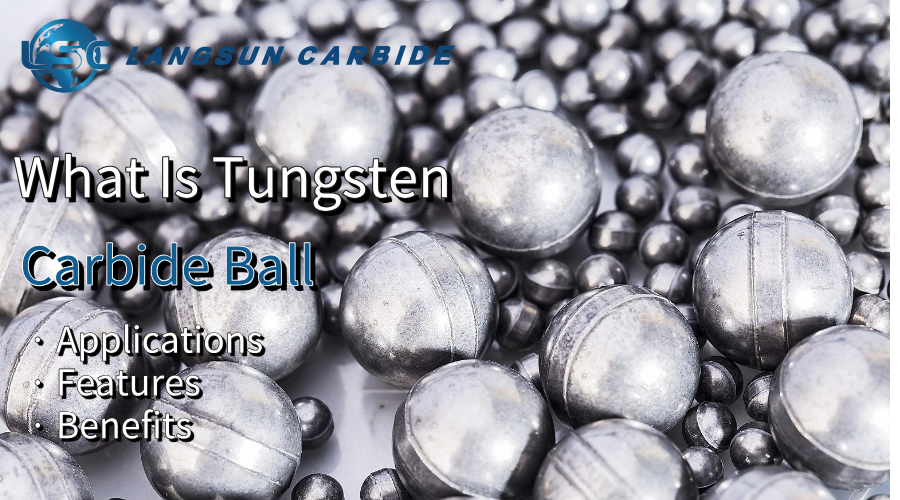In the vast realm of industrial materials, tungsten carbide stands out due to its remarkable properties, particularly in the form of tungsten carbide balls. This high-performance material has revolutionized various industrial processes, contributing to efficiency and durability. Tungsten carbide balls, also known as cemented carbide balls, play a critical role in many industrial applications due to their exceptional properties.
Tungsten carbide balls are composed of tungsten carbide powder and a binding material, usually cobalt. The high melting point of tungsten carbide and its metallurgical bond with the binder ensures that these balls offer superior hardness and wear resistance.
The manufacturing process typically involves powder metallurgy, where tungsten carbide powder and cobalt binder are milled, mixed, and compacted into die cavities. These pre-formed shapes undergo sintering at high temperatures, resulting in a dense, hard structure. Precise grinding and polishing processes are then employed to achieve the desired dimensions and surface finish.

Hardness: With a hardness level close to diamond, tungsten carbide balls resist deformation and hold up well under extreme conditions.
Wear Resistance: Their ability to withstand abrasive wear makes them ideal for high-stress applications.
Corrosion Resistance: Tungsten carbide is chemically inert, providing excellent resistance to corrosion and oxidation.
High Density: The high density of tungsten carbide contributes to its durability and performance in various settings.
Tungsten carbide balls are utilized in a range of industries, thanks to their remarkable properties. Here are some key applications:
1. Precision Bearings and Valves: Tungsten carbide balls are often used in high-precision bearings and valves. In these applications, their high hardness and wear resistance ensure long-lasting performance, reducing maintenance needs and downtime.
2. Oil and Gas: In the oil and gas sector, tungsten carbide balls are used in drilling, valve components, and measuring instruments. Their resistance to harsh environments and high stress is crucial for the efficient functioning of equipment in these industries.
3. Industrial Machinery: Tungsten carbide balls are found in various industrial machinery, including milling, grinding, and crushing equipment. Their durability helps enhance the lifespan and efficiency of these machines.
4. Mining and Exploration:In drilling equipment, tungsten carbide balls are utilized in roller bearings, drill bits, and other high-load applications. Their ability to withstand extreme pressures and abrasive environments makes them indispensable in mine exploration and operations.
Extended Lifespan: The durability of tungsten carbide balls ensures a longer lifespan compared to other materials, resulting in cost savings.
Reduced Downtime: Their wear resistance reduces the frequency of replacements and maintenance, leading to increased productivity.
Precision Performance: The high precision and consistent quality of tungsten carbide balls make them ideal for applications requiring exacting standards.
Tungsten carbide balls represent a critical component in various industrial applications, thanks to their unique properties and superior performance characteristics. Understanding their mechanisms and applications can help industry professionals make informed decisions regarding their use, ultimately enhancing efficiency and productivity.
By embracing the use of tungsten carbide balls, industries can enjoy the advantages of enhanced durability, reduced maintenance, and improved precision, leading to better overall performance and cost-effectiveness.